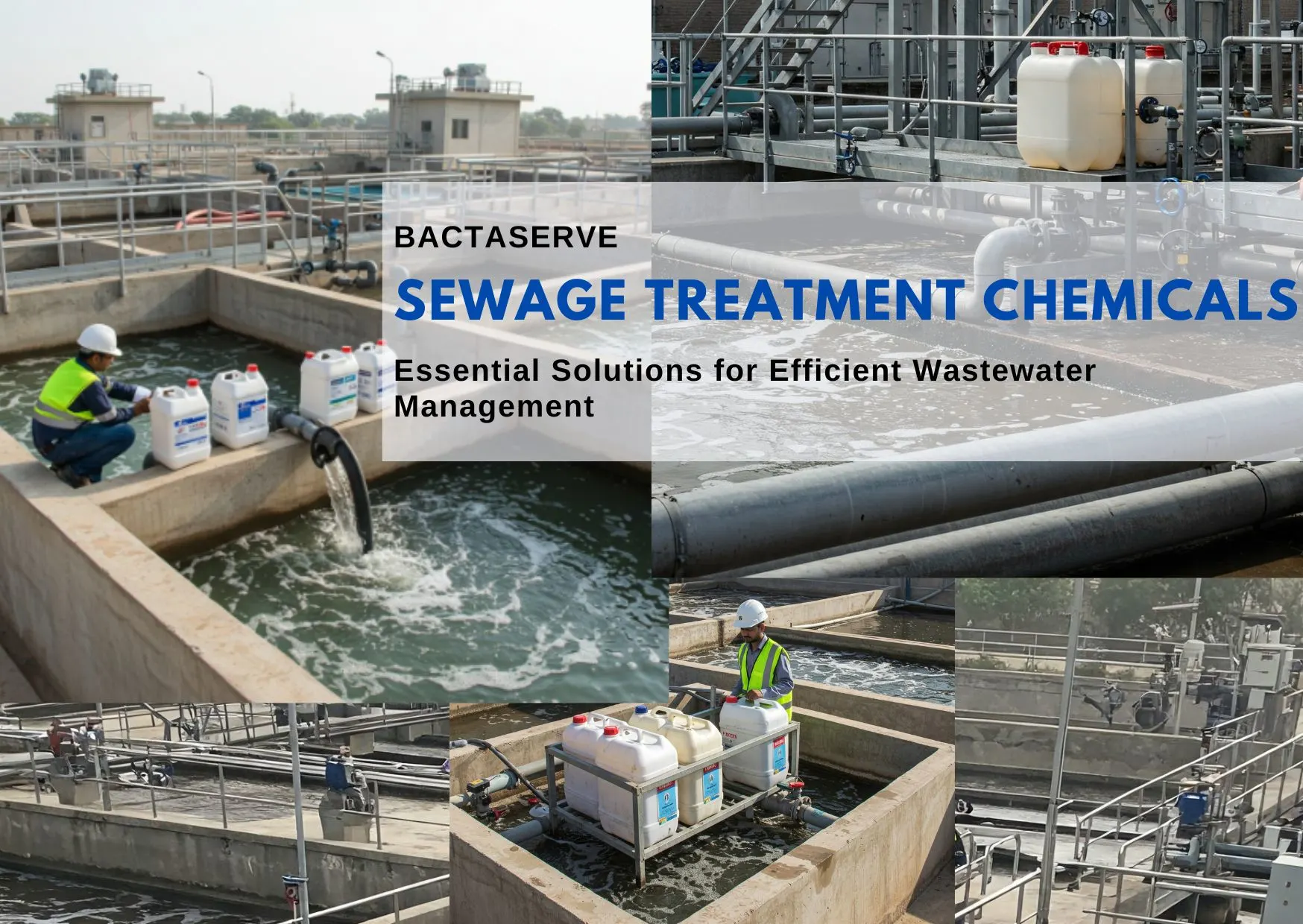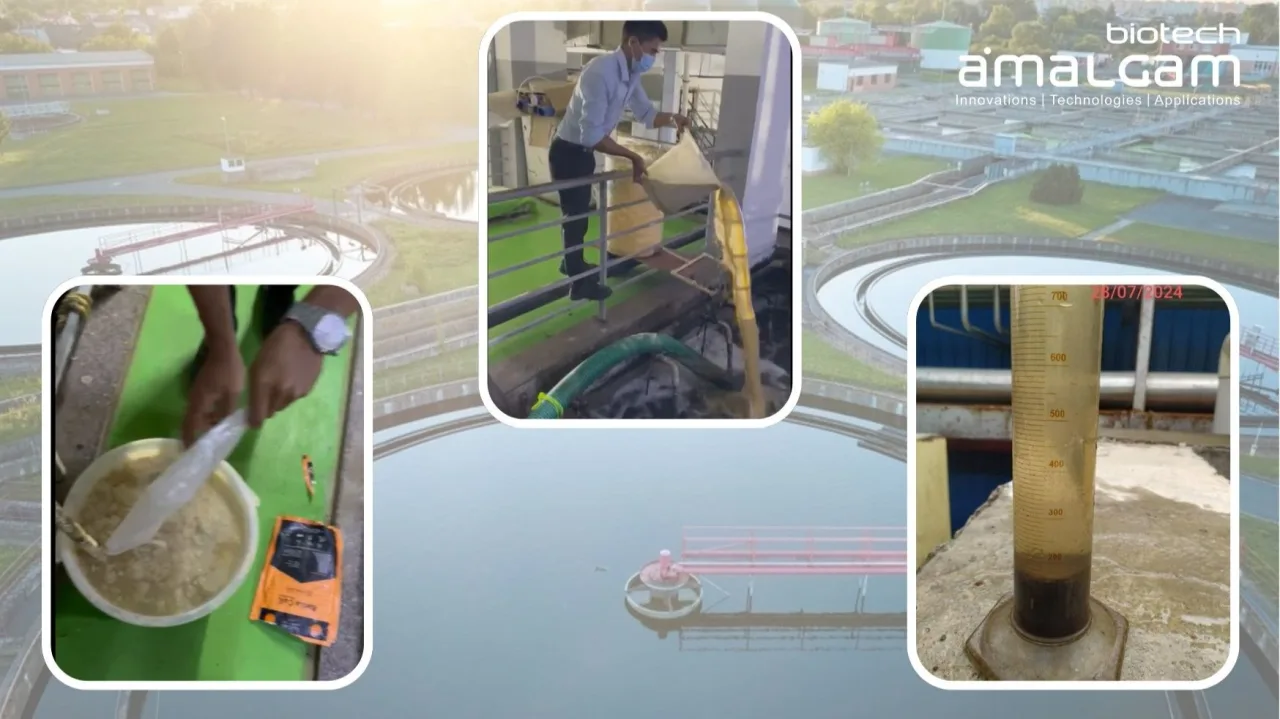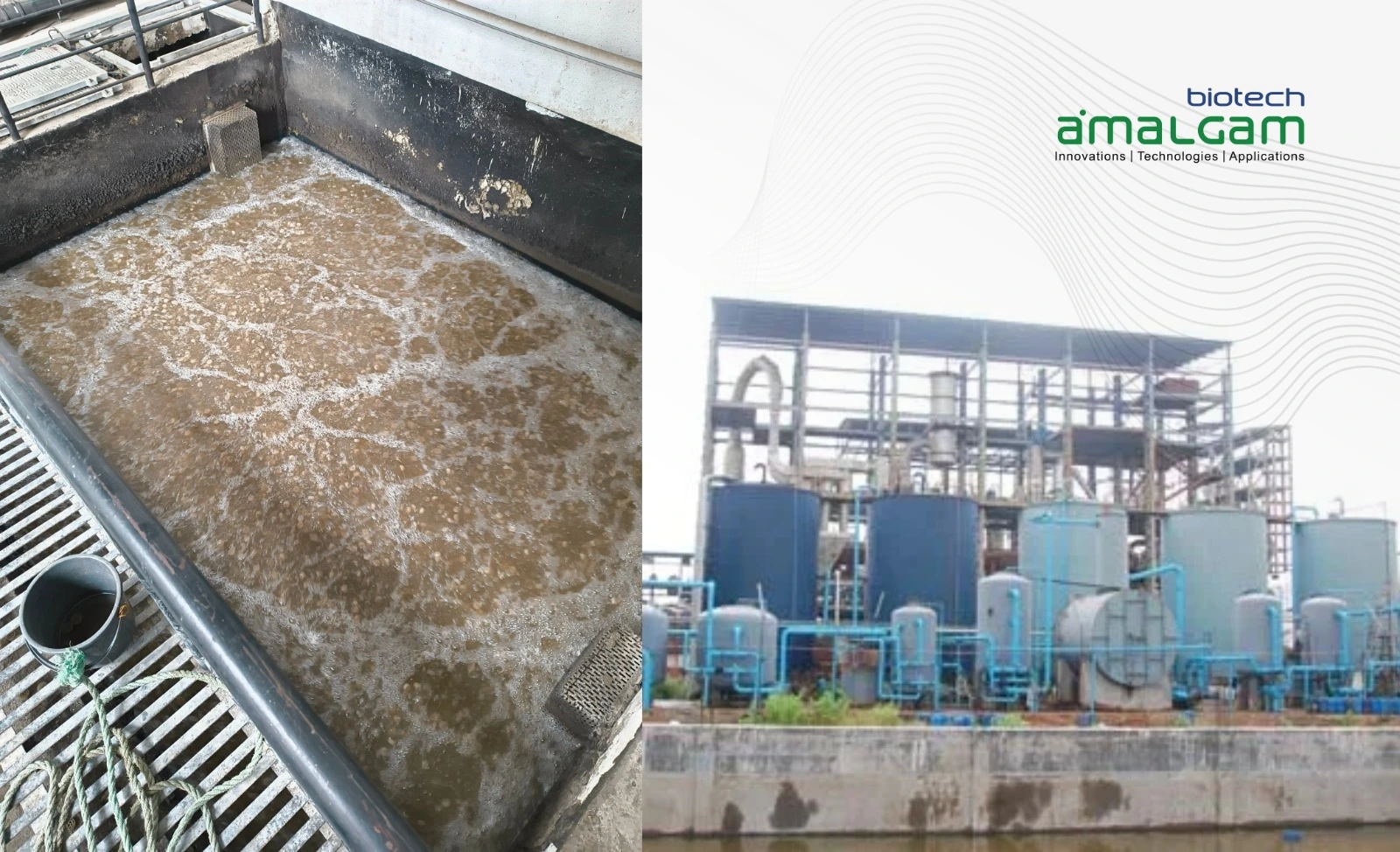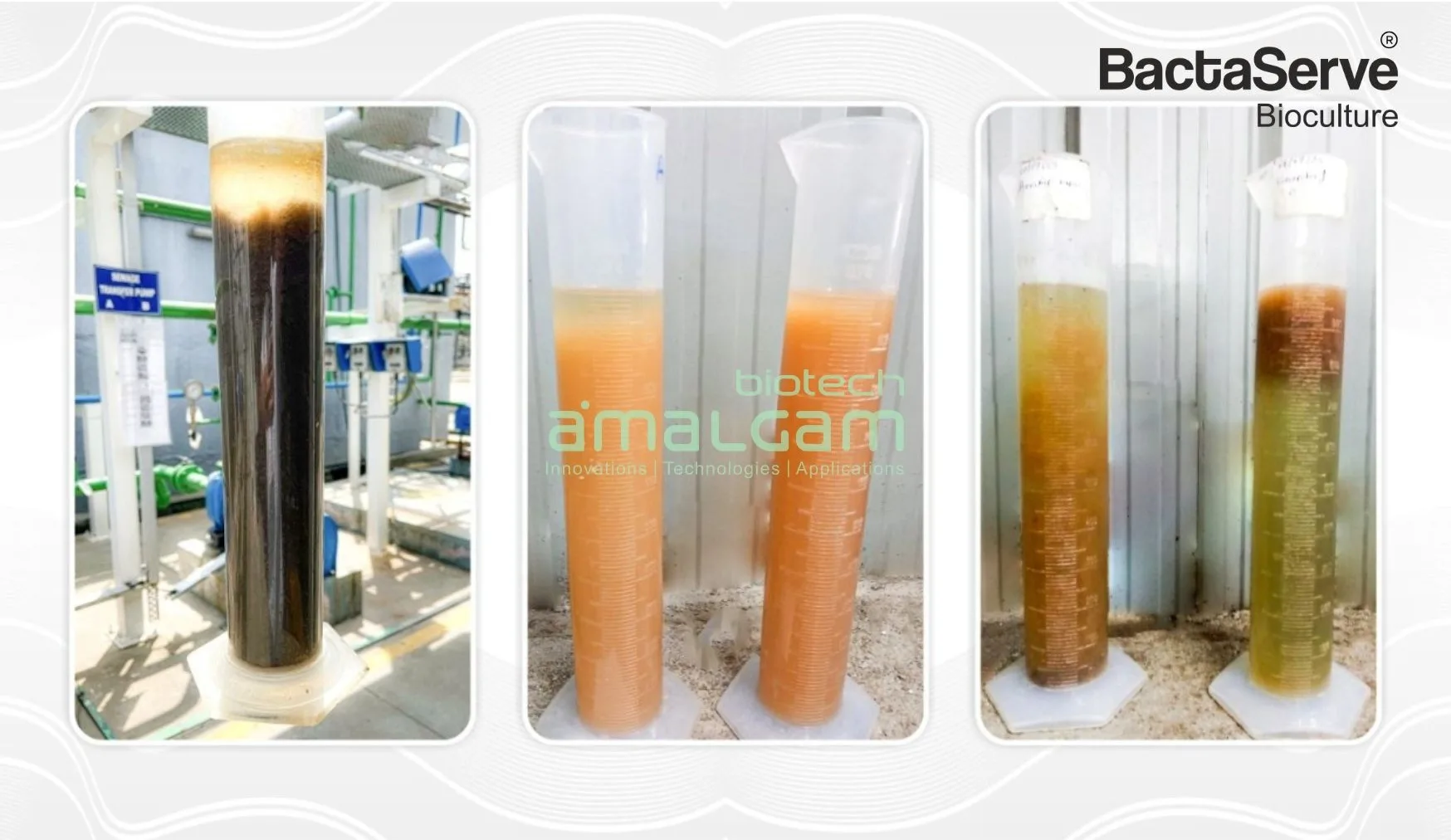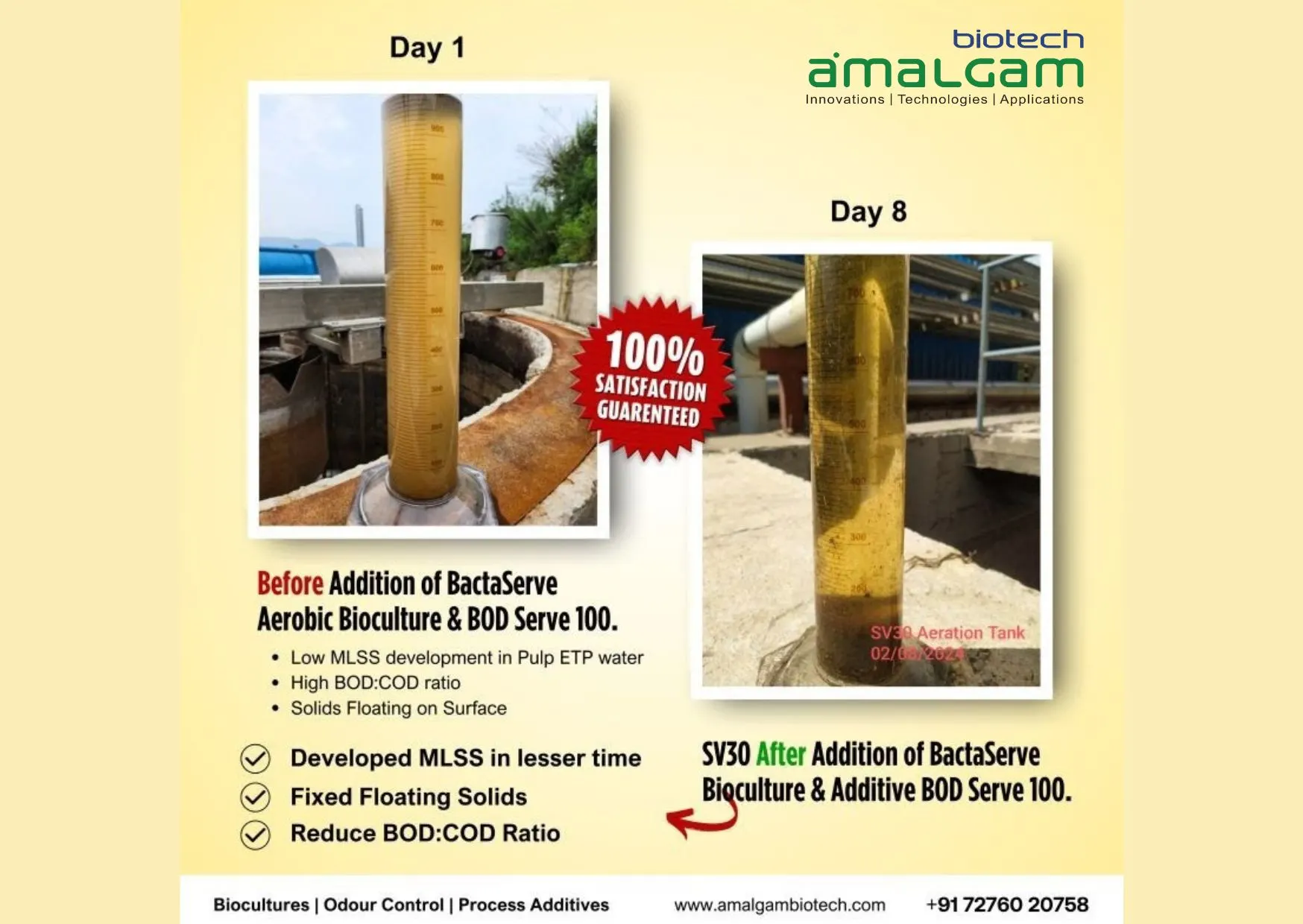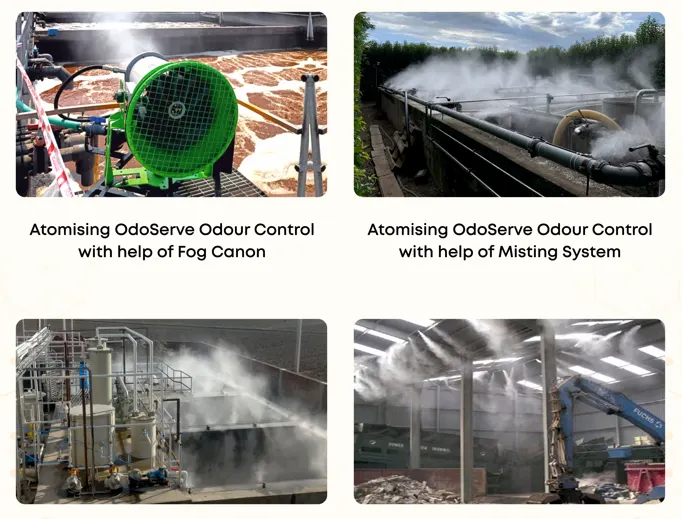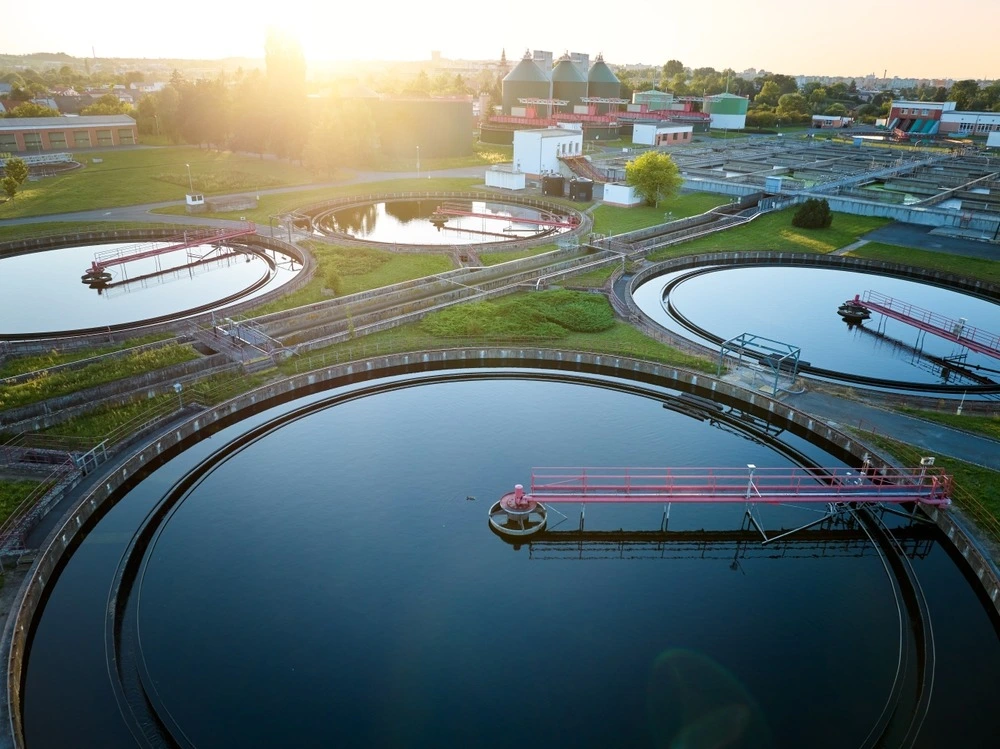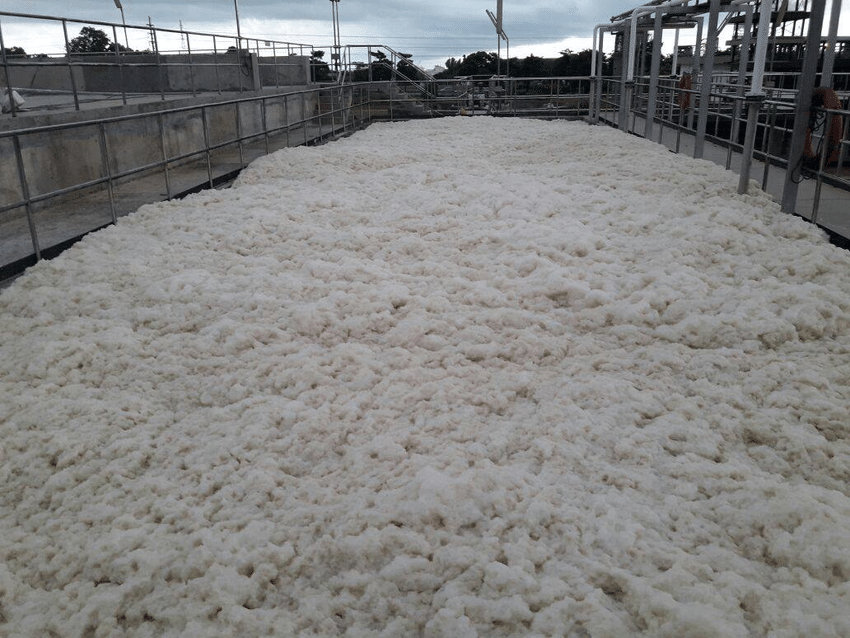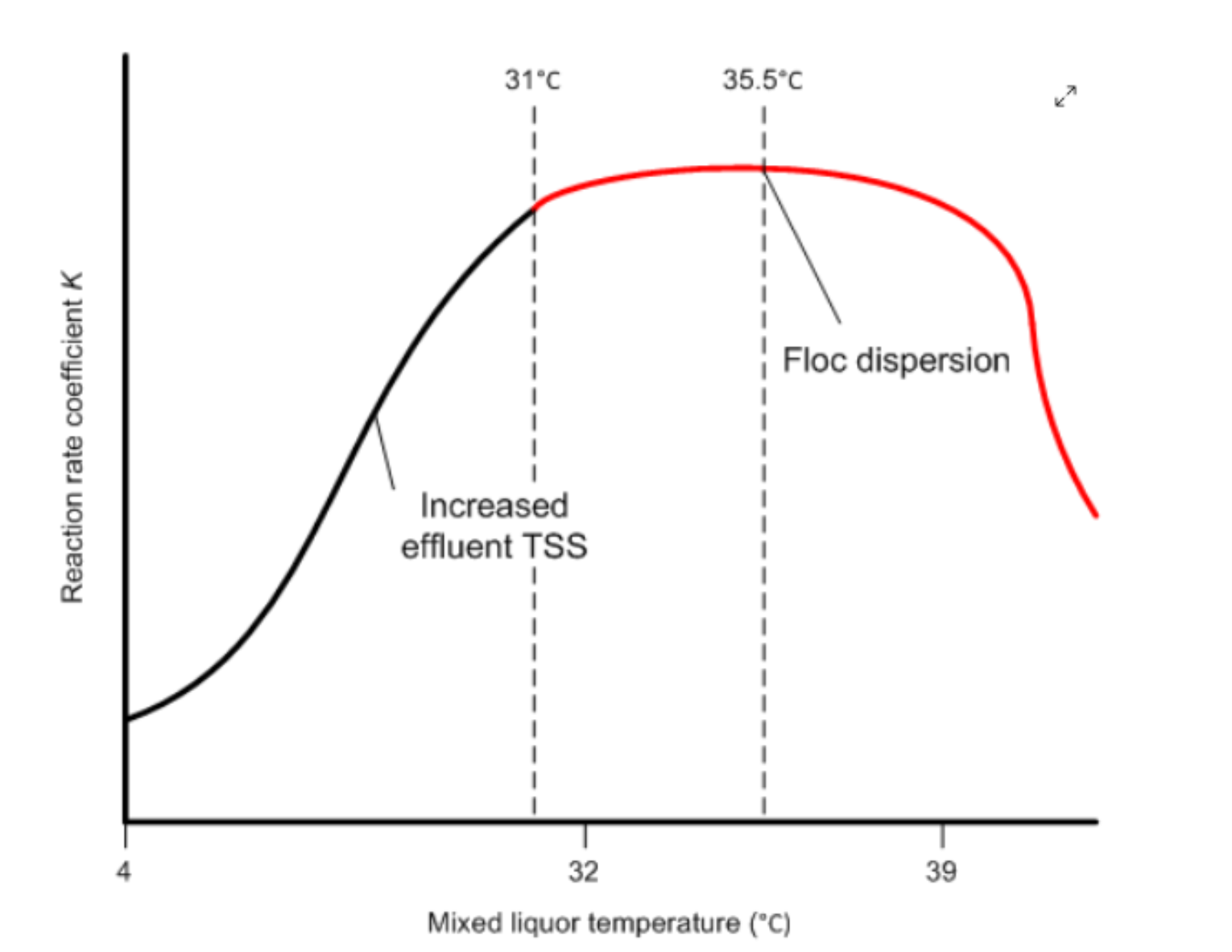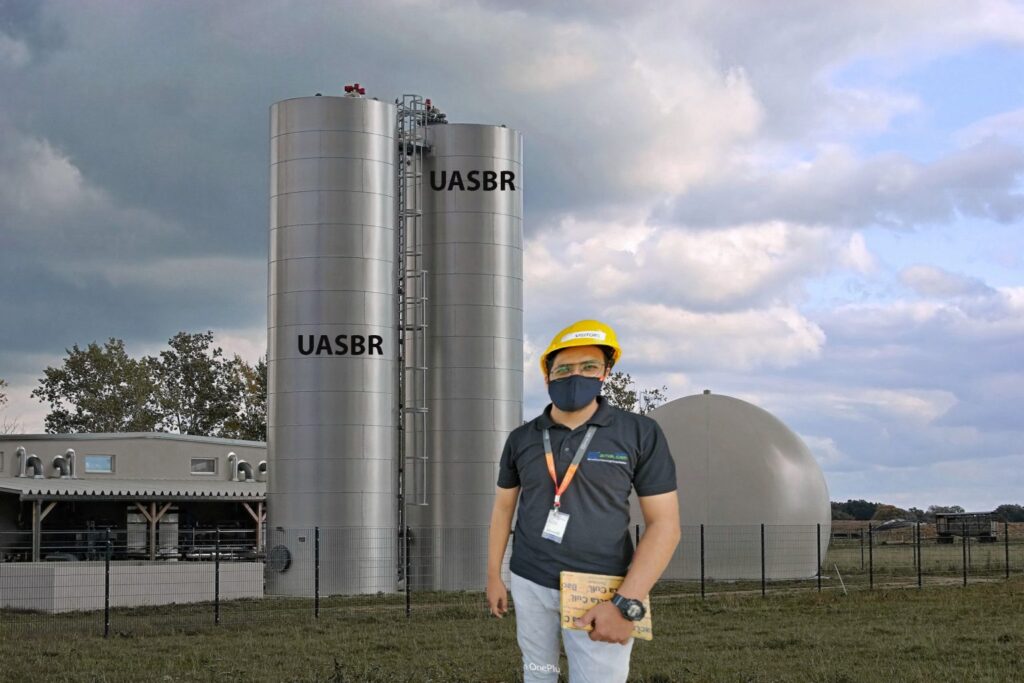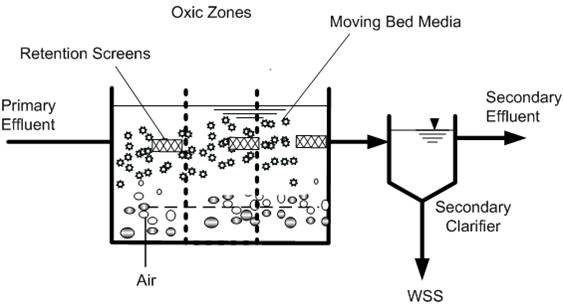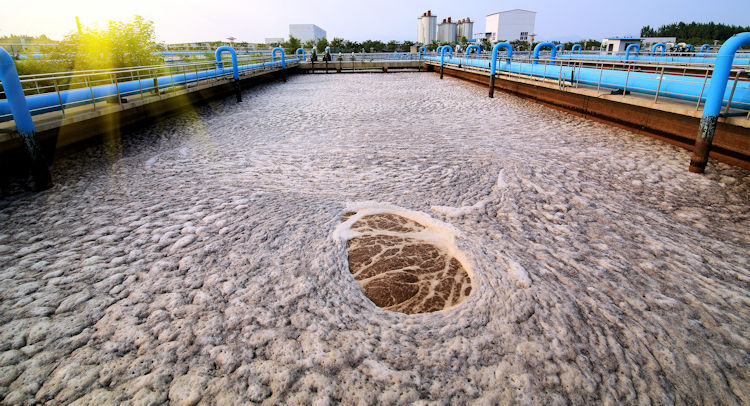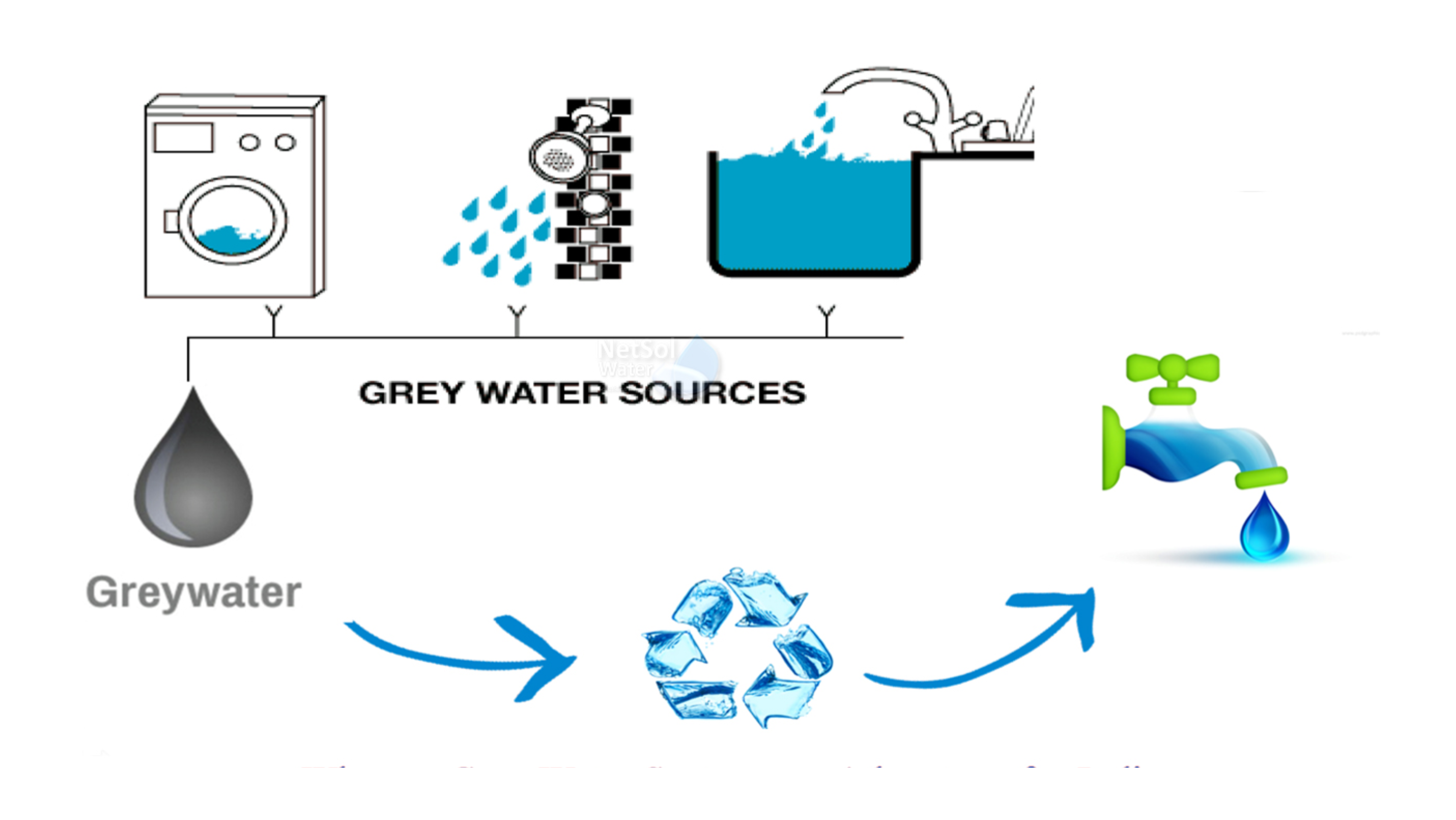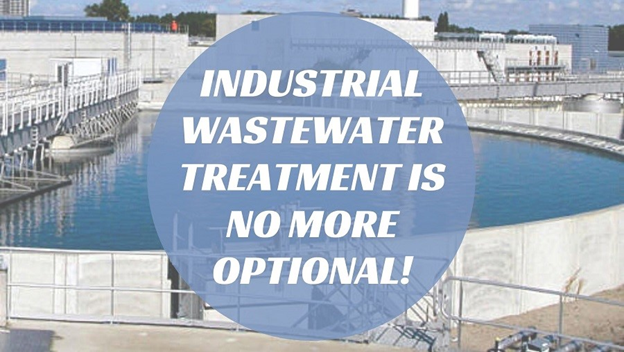Common Issues faced by Anaerobic Digester !!!!
Anaerobic digestion is a method that helps convert organic load into a mixture gas mainly composed of methane (CH4) and carbon dioxide (CO2) through the action of bacteria. Anaerobic Digesters have been traditionally used for waste treatment, since the produced methane is a useful source of energy.
The most common reactor type used for anaerobic digestion of wastewater treatment is the Up Flow Anaerobic Sludge Blanket Reactor (UASBR). In the UASBR the microorganisms are inside the reactor due to the production of the highly flocculated, good settling, compact sludge granules which develop. UASBRs are the most common system used for low to medium-high strength wastewaters containing high organic load.
Anaerobic digesters are considered a complex system which usually undergoes failure. Due to such instability there arises a problem of drop in the methane gas production, pH drops in the outlet of UASBR, the volatile fatty acid (VFA’s) concentration rises, resulting in digester failure. Anaerobic digestion is a multistage process involving the action of various species of microbes. Basically, these processes require a particular step, they are called rate-limiting or rate determining steps. However, during a wide range of operating conditions, the limiting step is not always the same. It might depend on characteristics of Wastewater, hydraulic loading, temperature etc. The conversion of fatty acids into biogas is considered limiting. Volatile fatty acids are demonstrated as acetic acid and the methanogens composition is assumed to be C5H7NO2. The overall reaction, according to this, may be represented as follows:
CH3COOH + NH3 > C5H7NO2 + CO2 + CH4 + H2O
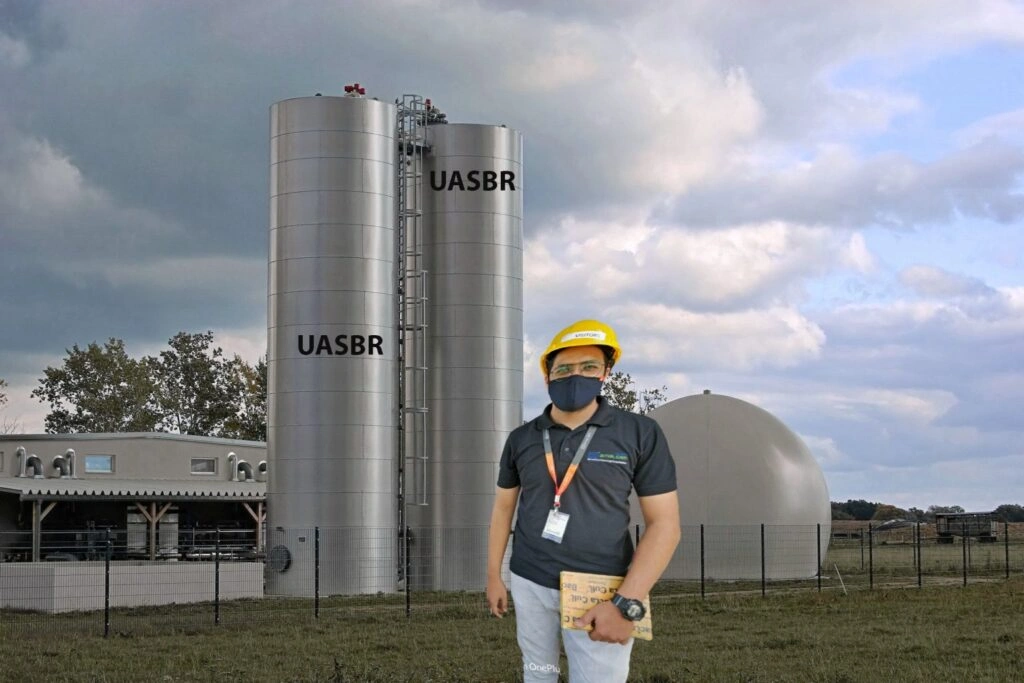
A digester is expected to fail whenever, for some reason, the fatty acid concentration is increased. This causes a drop in the pH and a rise in the concentration of undissociated acetic acid concentration. This hampers the growth rate of the methanogenic population, till they are completely washed out, if the same situation exists. The following bacterial groups are assumed to participate in the overall digestion process
- Acidogenic, which grow on glucose (considered as the dissolved organics less the volatile fatty acids) form a mixture of acetic, propionic and butyric acids,
- Hydrogenogenic, which have a slow growth rate, convert propionic and butyric acid into acetic acid and H2,
- Homoacetogenic produces acetate from H2 and CO2,
- H2-methanogenic reduces CO2 into CH4 and
- Acetate-methanogenic converts acetic acid into biogas (CH4 and CO2)
All these steps are considered to be colonized by high fatty acid concentrations. This inhibition is expressed both in the growth rate and microbial decay rate expressions. According to this, anaerobic digestion is stalled, whenever an accumulation of VFAs is brought about. In particular, inhibition causes a decrease in the rate of VFA consumption, leading into acid accumulation. Above a certain critical VFA concentration, the digester fails regardless of the pH value.
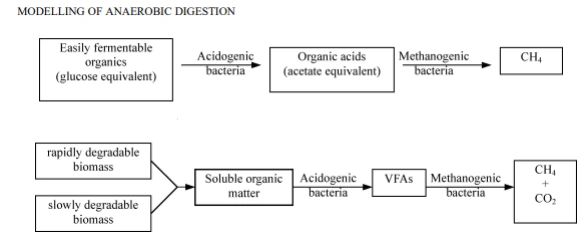
In short, the total failure of the anaerobic system is due to complete unbalance in the proportion of Acidogenic and Methanogenic bacteria responsible for ideal functioning of the System. Bacta Cult Anaerobic will help you get the system in an ideal condition by adjusting the proportion of Acidogenic and Methanogenic bacteria in the system and ensuring that both the reactions take place in an appropriate manner.





